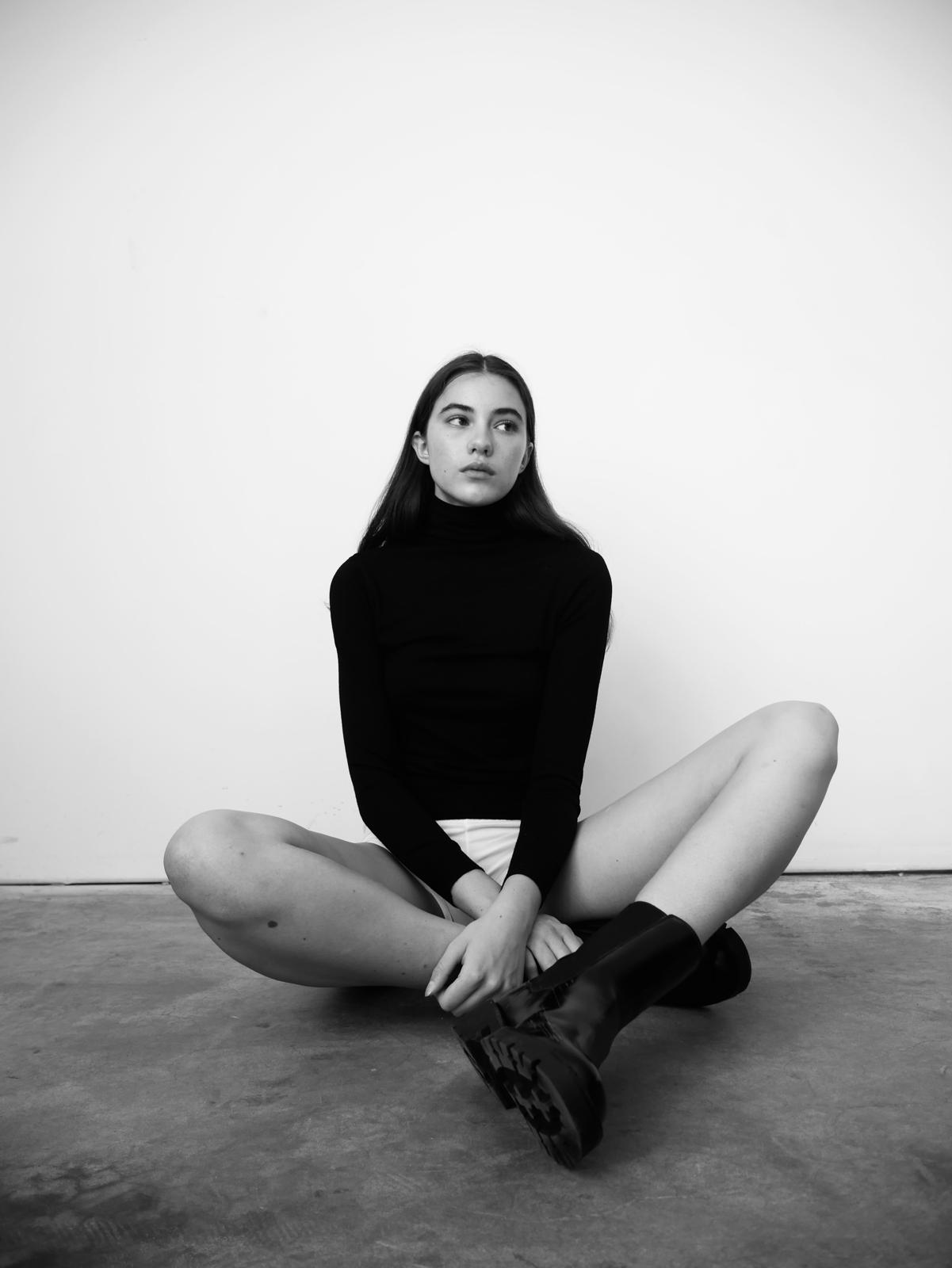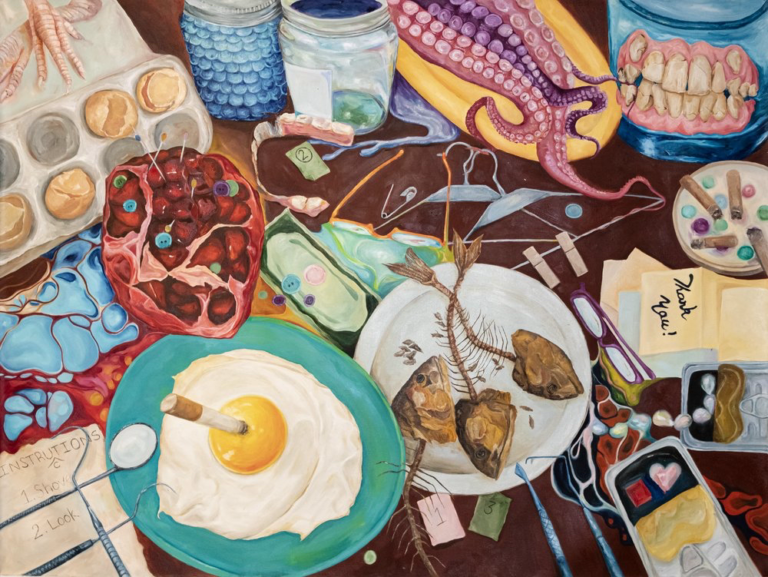
“Memory Vessels”
- Emily Han's Art
- Tessa Almond
- September 30, 2024
- 4 min read
Inspired by the vastness of human experience in combination with the simplicity of everyday objects, still lives have been a staple in the study of art and its relation to culture. While we often think of still lives solely as ideal representations of everyday life, they provide an intimate glimpse into cultural ideals, traditions, and unique customs. Historically, the still life genre has transformed from picturesque realism to an increased interest in abstraction, surrealism, and interpretation. Contemporary artists continually build upon and challenge the established notion of “idealism” upheld throughout the history of art to provide a more authentic and engaging representation of culture and heritage.
The still life genre first flourished in the Netherlands in the early 1600s. Artists like Jan Vermeer and Willem Kalf attempted to capture perfect, idealized scenes of Flemish values. In the midst of transforming social structures and religious conflict, artists painted still lives and genre scenes to hypothesize means of attaining societal harmony. Willem Kalf, one of the most celebrated and successful still-life painters of his time period, utilized hyper-realistic imagery of objects like pots, jars, and food to draw attention to the emerging upper middle class in the Netherlands.
The “still life” continued to establish itself as a respectable genre after the 1920s with modernist artists like Picasso and Andy Warhol pushing the boundaries of representation. Picasso’s still lives, for example, stripped everyday objects of their form and reimagined them as simple compilations of shapes to reflect the simplicity of everyday life. Picasso, among other artists, was monumental in transforming the still life genre to invite individual interpretation. Instead of photorealism, there was an explosive interest in abstraction. Artists experimented with color, composition, and form to evoke specific emotions in the viewer.
Artist Emily Han is an excellent example of a contemporary artist bringing a fresh and energetic perspective to an old genre. Originally from Soeul, South Korea, Han immigrated to the United States at the age of 5 where she grew up in Deerfield, Illinois. She graduated from the University of Wisconsin-Madison in 2024 with a degree in Psychology and a certificate in Studio Art. She now resides in Chicago where she works alongside the Raud Fine Art gallery to showcase the work of underrepresented immigrant creatives.
Han’s still lives are undoubtably attention-grabbing. Her use of electric colors, diverse textures, and obscure object juxtaposition create surreal dreamscapes for the viewer’s personal exploration. In Han’s piece, Breakfast of the Champions, your eyes may first wander to the egg with a cigarette butt in its yolk, or the octopus legs on a bright yellow platter, or maybe the blue jar of supermassive dentures. It is impossible to ignore the ensuing chaos as your eyes wander through the composition. Both messy and harmonious, Han’s signature compilations of objects create a complex narrative that is meant to get lost in.
Inspired by her experience as an immigrant and growing up in middle class America, Han’s bold still lives explore the intersection of class, culture, history, and memory. Her arrays of objects are meant to create “story map experiences” where every object, both on their own and in combination with others, carries a symbolic weight. Han frequently implements motifs of bones, fish, teeth, and octopus in her work, all of which represent aspects of her identity. She explains that much of the symbolism in her work originates from her desire to assimilate into a predominantly white society while also preserving her cultural background.
“I take a lot of symbolism from folktales and Asian culture to construct a composition,” says Han. “It’s like having a personal dictionary of tools that I can use.”
Han is particularly interested in how the continuum of culture shapes identity, and she frequently draws from her Korean roots for artistic inspiration. Fish, Han explains, act as protective spirits in Korean and Buddhist temples and are strong representations of tranquility and freedom. Fish was also a common meal in her household. Similarly, Han utilizes the symbolism of octopus’ adaptability to reminisce on her assimilation into American culture as a child.
Han is also heavily inspired by her upbringing in a middle-class household. Several female figures in her life value sewing and clothes making, so we observe sewing materials like thread, clothespins, and scissors frequently scattered throughout her compositions. Han says that these objects are representative of her experience growing up with a particular image of “domestic womanhood”, which for her, encompassed being within disarrayed and cluttered spaces. Her observation of these scenes was a primary source of artistic inspiration in her younger years.
In addition to her personal relation to these objects, Han draws from her education in psychology to craft these complex narratives of intersectionality. Her captivation with objects as “memory vessels” and personal associations with specific objects are central motifs in her work.
“I’m really fascinated by the process of how objects become belongings through every interaction they have with humans,” says Han. “They become a naturally woven history of memory, systems, culture, and class.”
Han’s workspace
In detailing this process, Han doesn’t try to impose a certain narrative on viewers of her art, but rather encourages people to simply watch and interpret. Han’s paintings are not just pieces of artistic skill; They are immersive experiences. Her paintings allow the viewers to explore their own identity through their personal connections to certain objects. Han utilizes objects that act as representations of culture and childhood, but there are infinite interpretations and memories associated with them that Han hopes to bring to the surface. In subconsciously attributing your own meaning to these objects, aspects of your identity are revealed in the most authentic way. “That’s something really beautiful that I try to channel when I’m painting,” says Han. “Everything you see in my paintings are as much yours as they are mine.”
Links to Artist Profiles:
Emily Han's Art:

Erlendur Fashion Week: Hot Fashion in Iceland
Abigail MacFadden • September 25, 2024 •
3min read
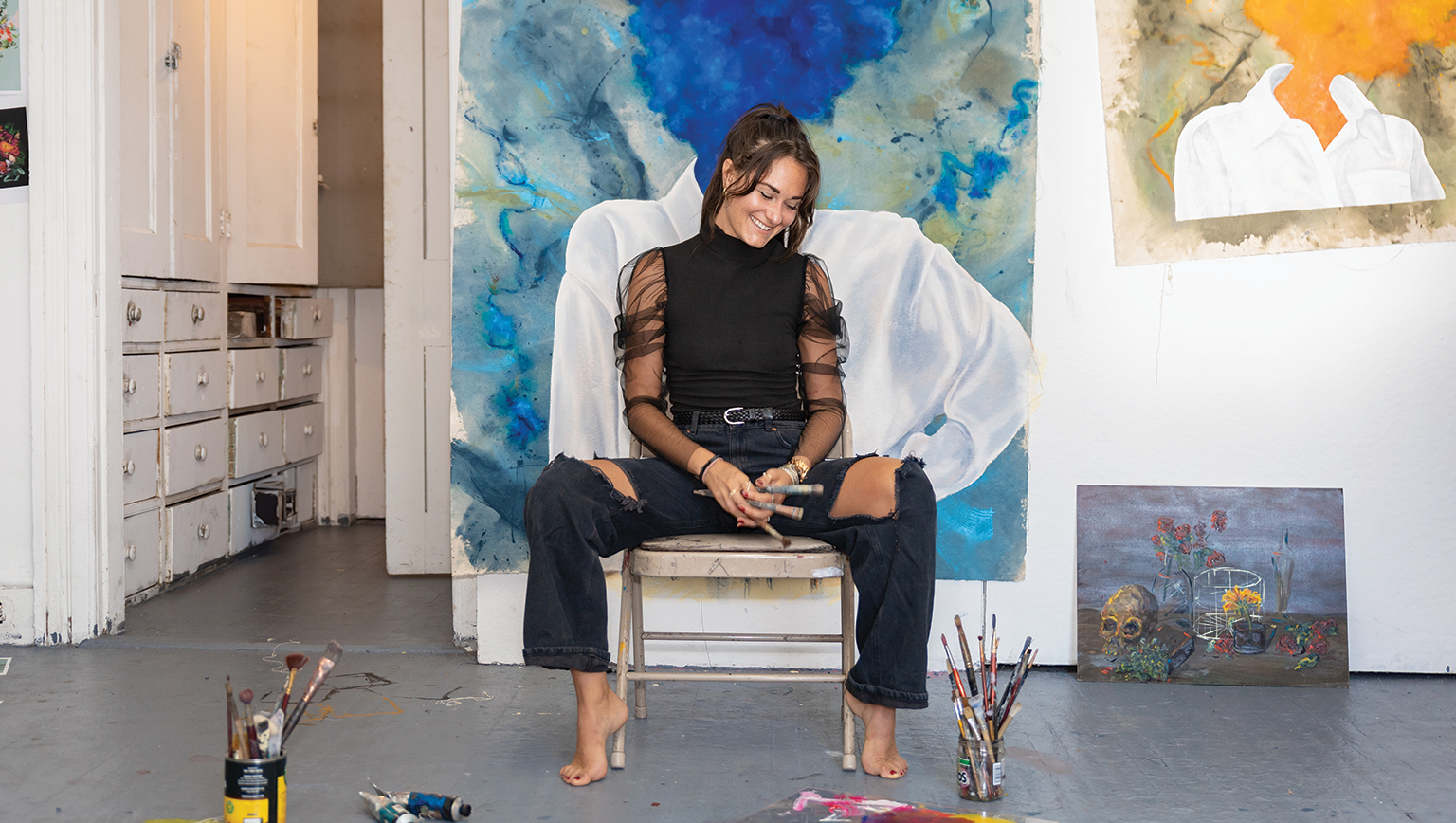
Clouds of Thought: Marie-Chloe Duval's Artistic Evolution in New York City
Abigail MacFadden • September 19, 2024 •
4min read

Sun-Soaked Fusion: Anderson's 'My Africa' Reimagines Diaspora for NYFW 2025
Saha Bernier • September 17, 2024 •
3min read

Avant Garde for the Environment
Tessa Almond • September 13, 2024 •
4min read

Pumping Iron in Couture: Raul Penaranda's 'Unexpected' NYFW Spectacle Turns Gym into Glam
Abigail MacFadden • September 11, 2024 •
3min read

September New York Art Week Can’t Miss Fairs!
Abigail MacFadden • September 4, 2024 •
4min read

Animating the Abstract: Marine Buffard's Whimsical Rise in Digital Art
Abigail MacFadden • August 21, 2024 •
4min read
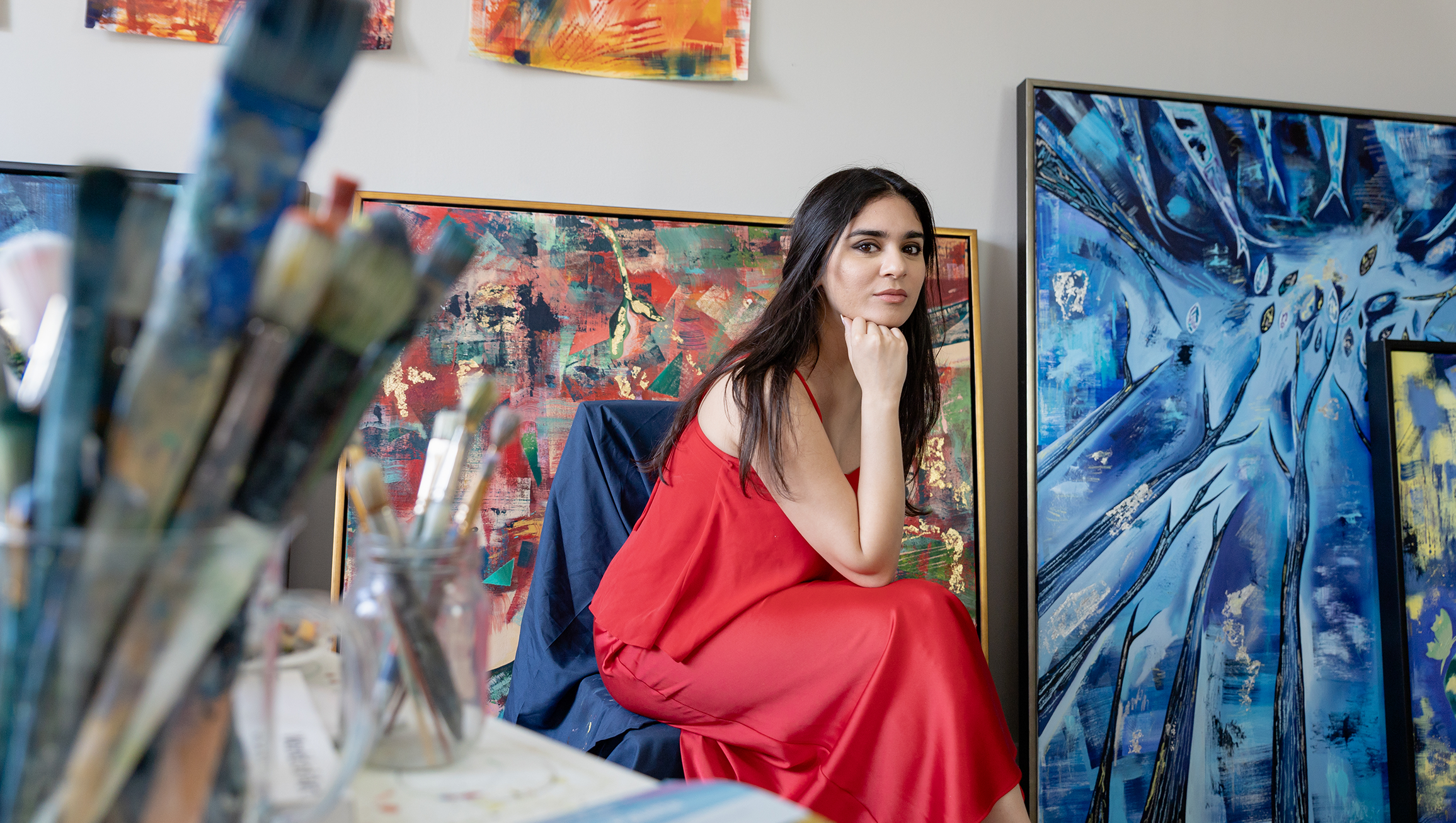
Vibrant Vulnerability: Jeena Raghavan’s Colorful Journey Through Art
Abigail MacFadden • August 13, 2024 •
3min read
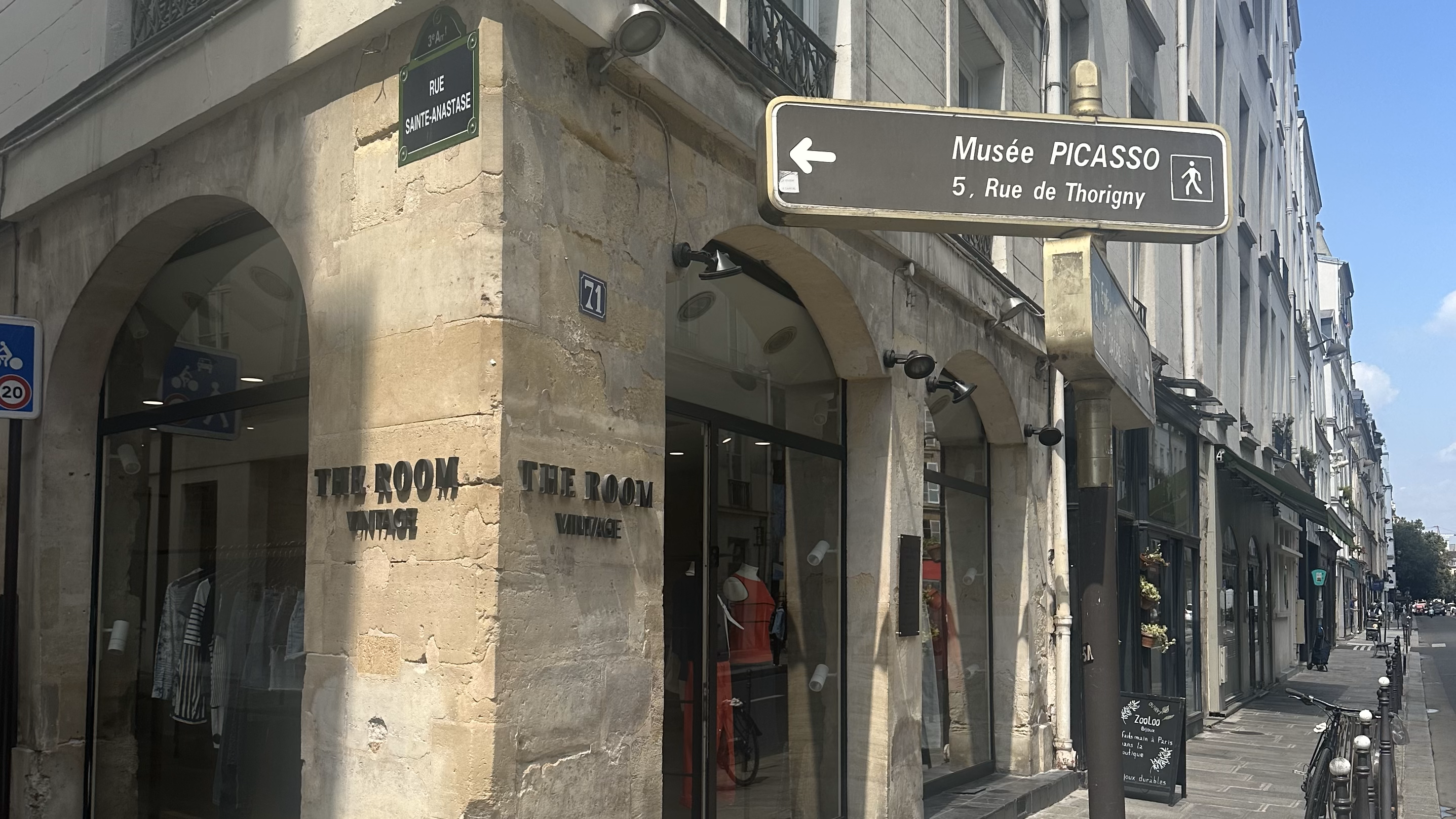
A Cultural Gold Medal: Picasso Museum Shines During Paris 2024 Olympics
Abigail MacFadden • August 9, 2024 •
4min read

Beyond the Podium: The Cultural Tapestry of France’s Olympic Spectacle
Abigail MacFadden • July 31, 2024 •
4min read
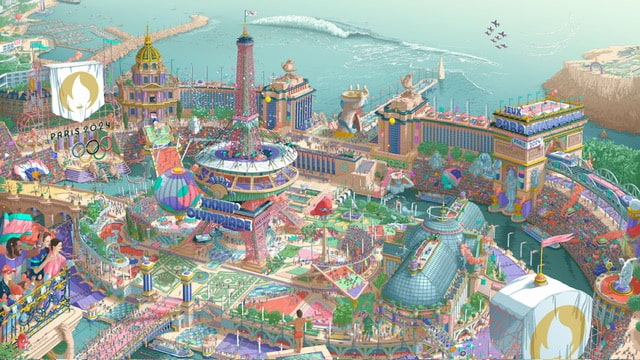
Paris Reimagined: Ugo Gattoni's Olympic Odyssey
Abigail MacFadden • July 25, 2024 •
4min read
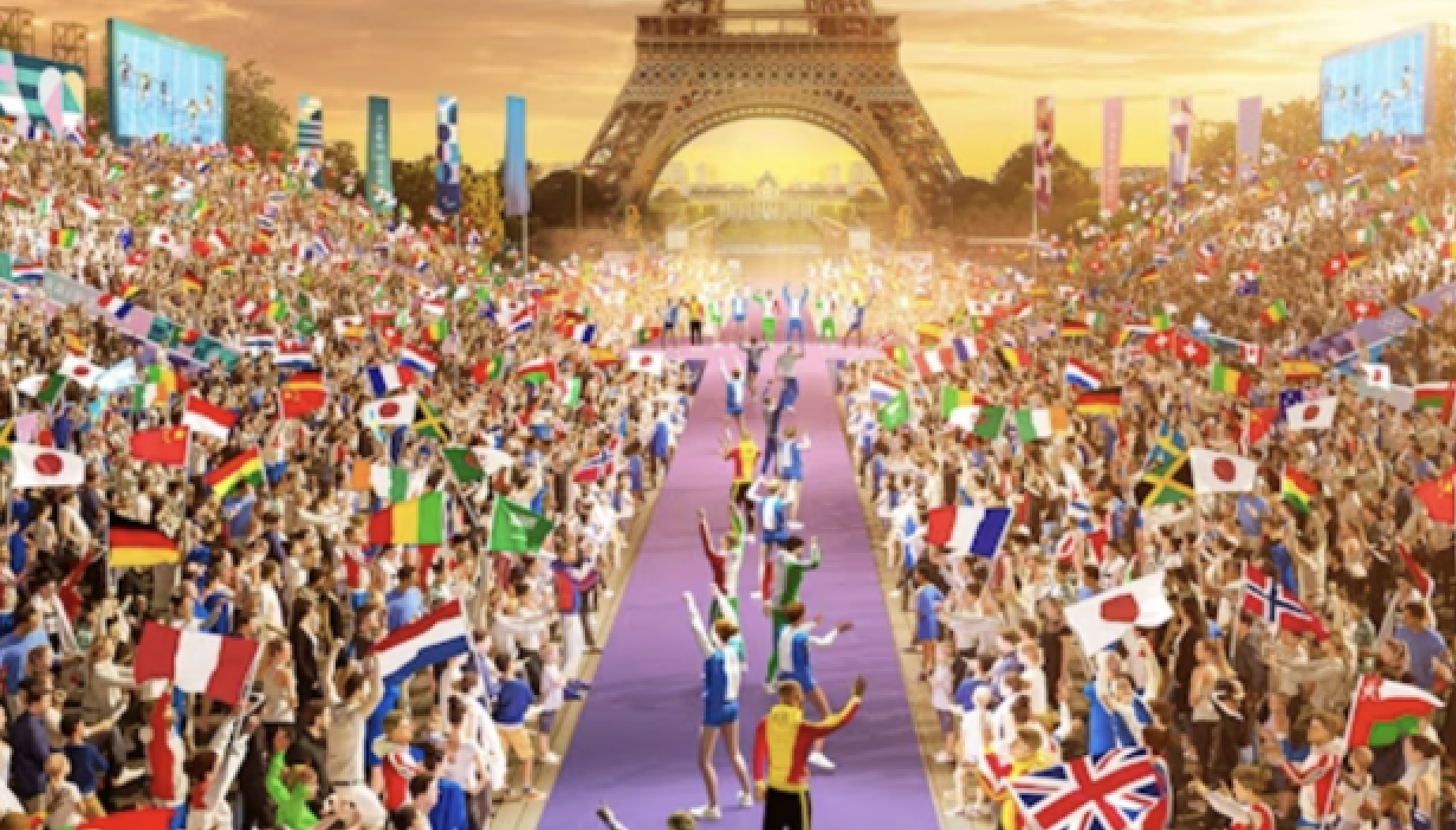
Fashion Meets Function: Designers Redefine National Pride for Paris 2024 Olympics
Abigail MacFadden • July 17, 2024 •
2min read
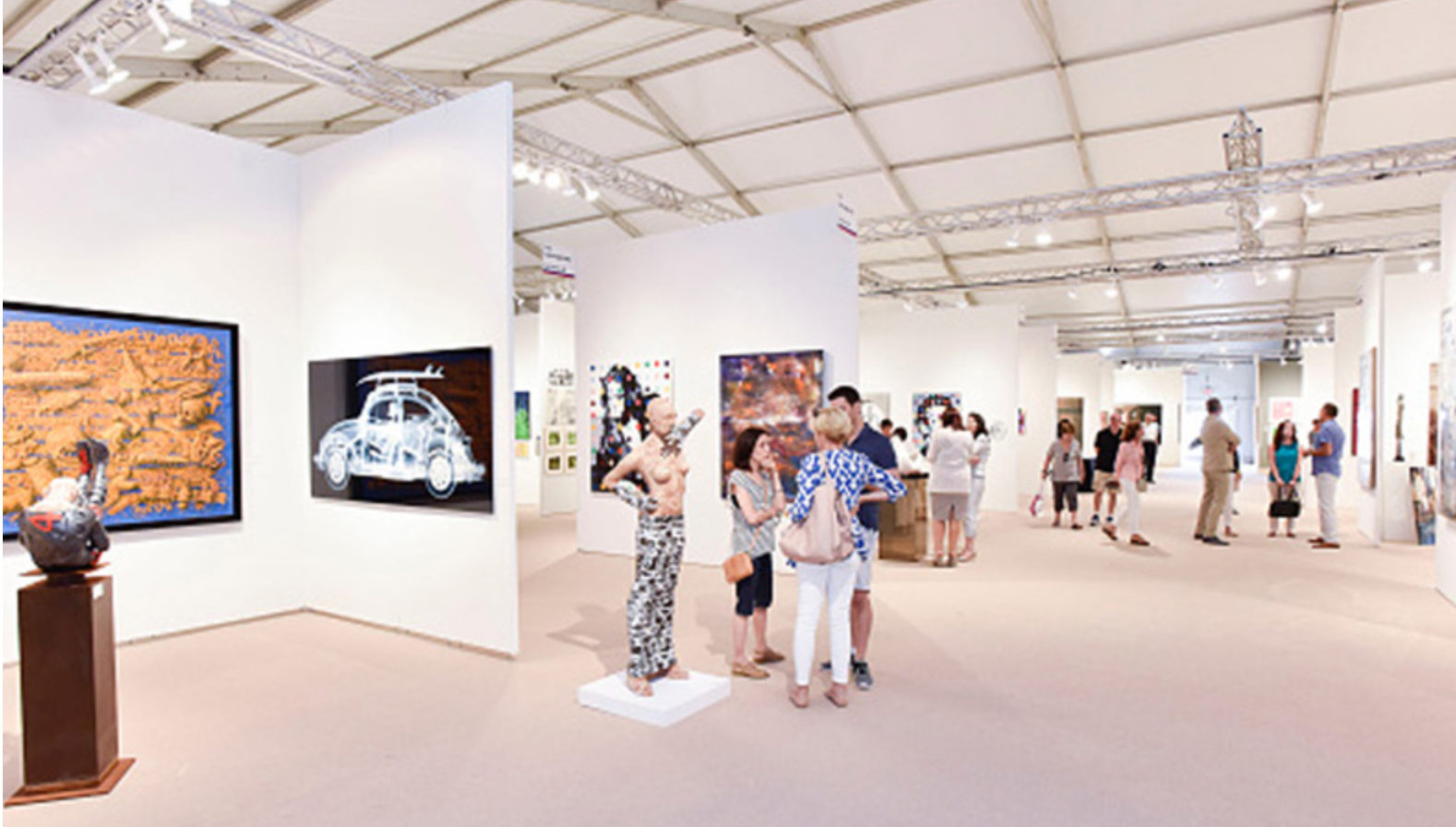
The Hamptons Fine Art Fair: A Cultural Cornerstone of the East End
Abigail MacFadden • July 11, 2024 •
3min read

Maxine Hoover: Stargirl is on a Meteoric Rise in New York Art World
Abigail MacFadden • June 25, 2024 •
3min read
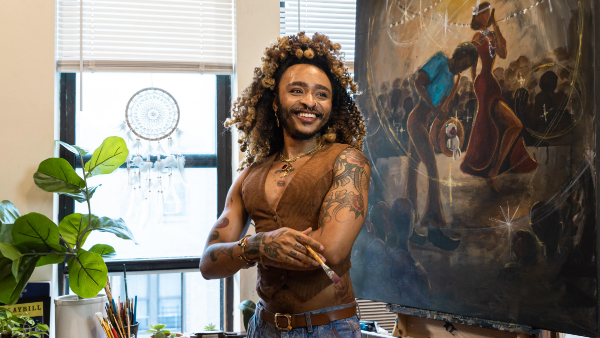
Flaco Waters: Celebrated Artist Creates Incredible Series for 100th Anniversary of Harlem Renaissance
Abigail MacFadden • June 11, 2024 •
4min read
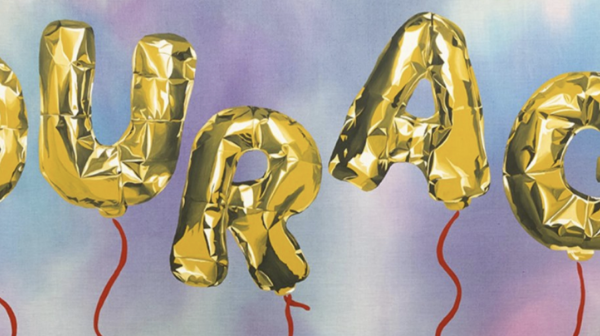
Unbelievable Shows not to be missed in the New York Art Scene this Week!
Abigail MacFadden • June 6, 2024 •
4 min read
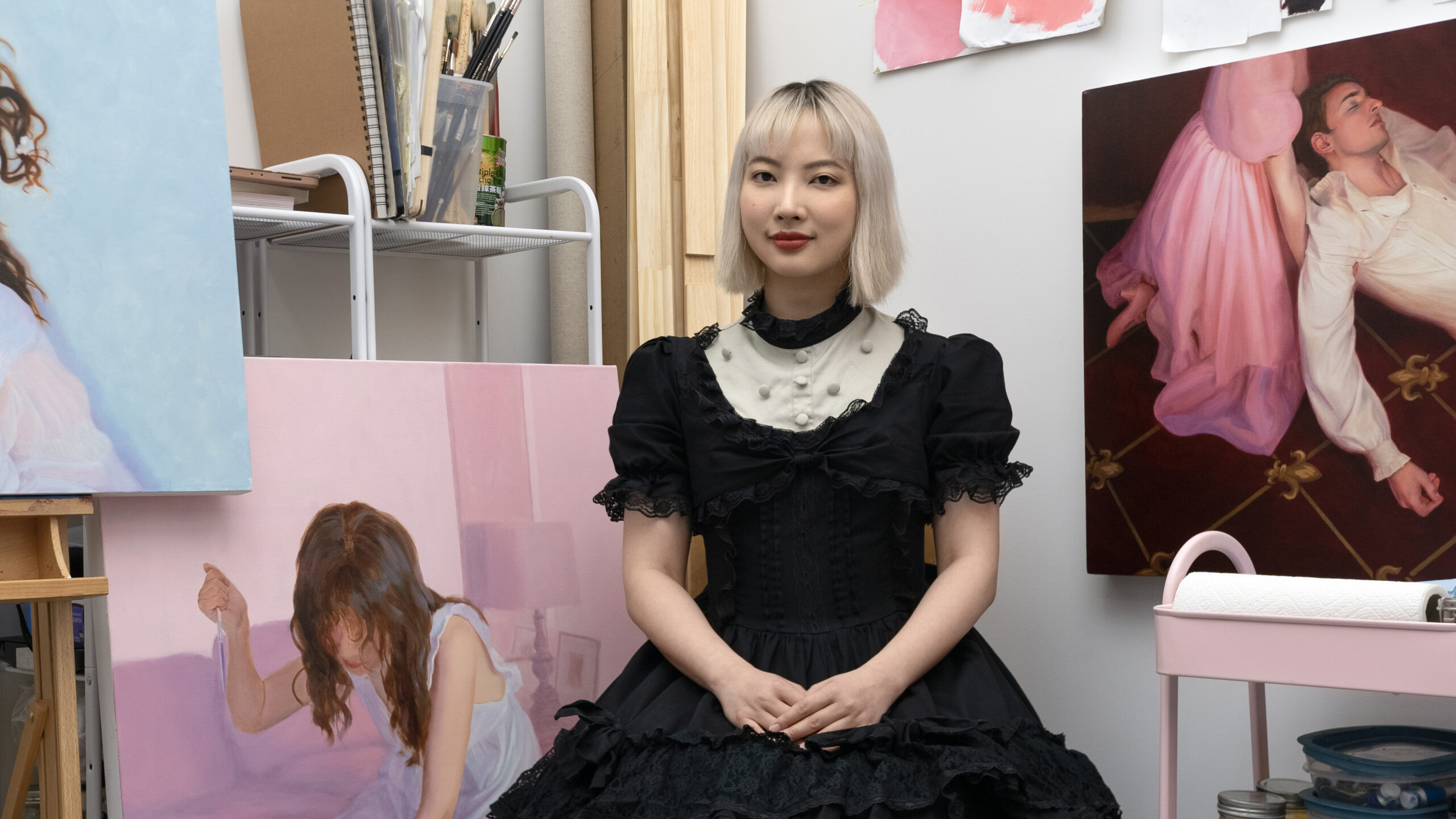
Junyi Liu: Painter, Performance Artist on the Rise in New York City
Abigail MacFadden • June 5, 2024 •
10 min read
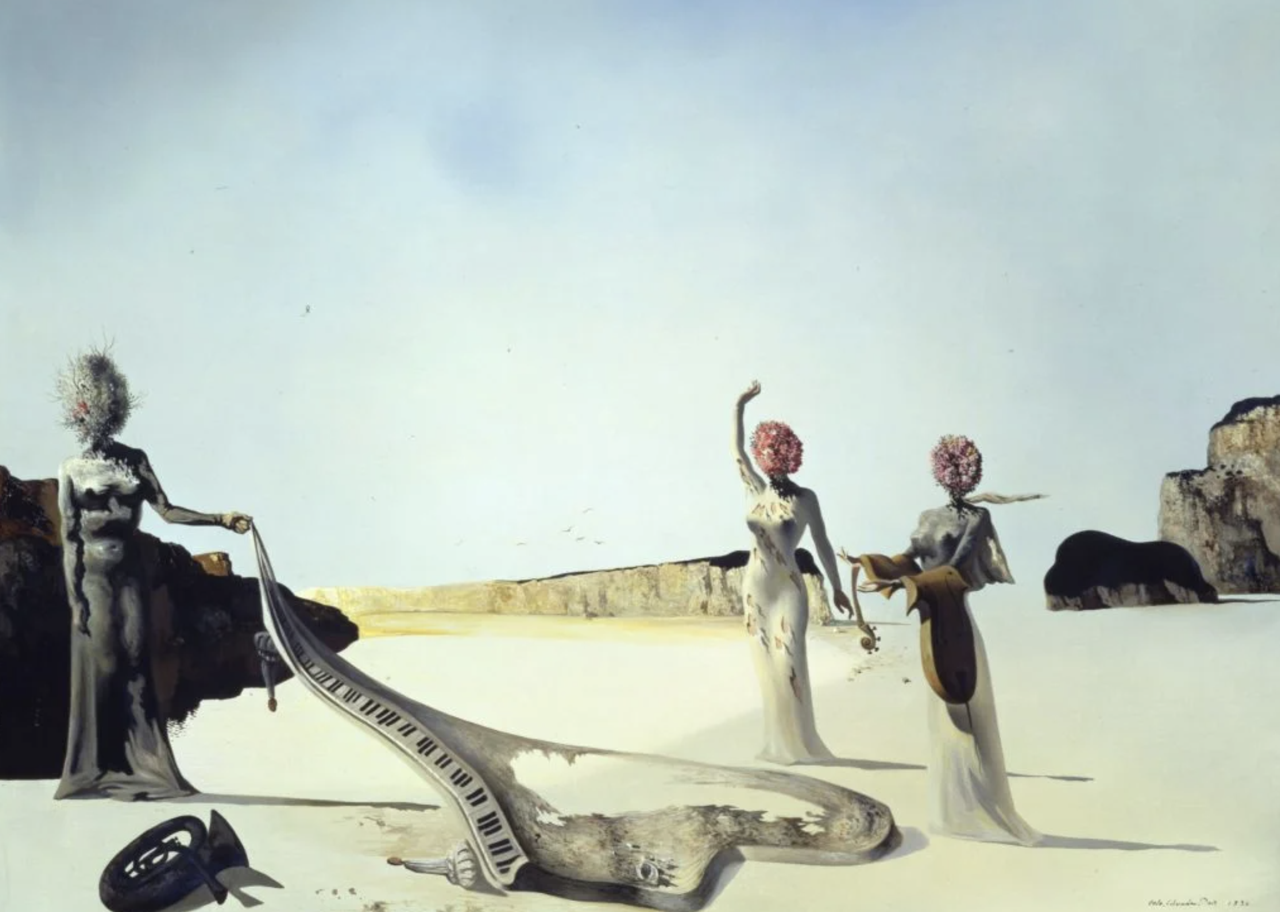
The Surreal World of Dali and the 100th Anniversary of the Surrealism Movement
Abigail MacFadden• May 31, 2024 •
6 min read
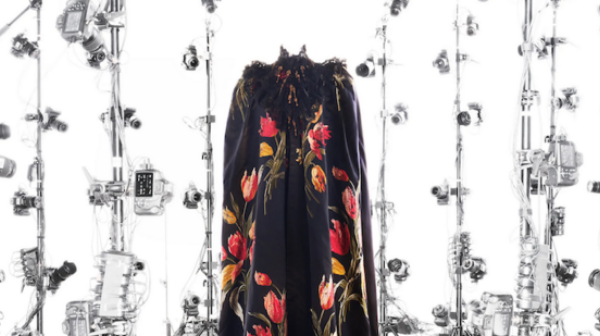
Art Show Roundup: Memorial Day Weekend and Summer Exhibitions in NYC
Demi Dubois-Moreau • May 23, 2024 •
6 min read

Art Fair Dressing Guide: Stylish Guidelines for Men & Women
Demi Dubois-Moreau • May 16, 2024 •
7 min read

Made in America Fashion Recap: Mob Wife and Mob Boss Style for the Creativo x Ferrari Party
Abigail MacFadden • May 10, 2024 •
3 min read

